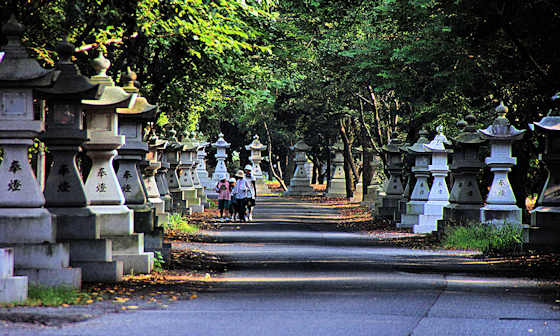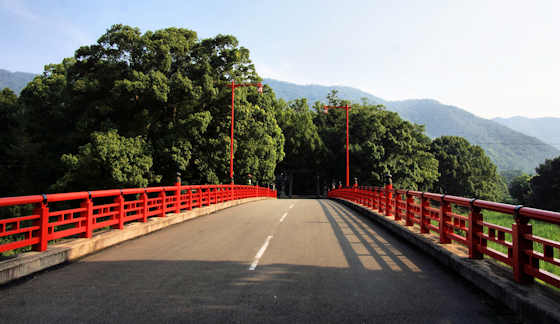Meoto Iwa are pairs of rocks joined by a shimenawa. They are known as husband and wife rocks or wedded rocks, and are generally considered to represent Izanagi and Izanami, the primordial brother/sister husband/wife kami pair that created the Japanese Islands and the kami.
The draincover of Yasu, now a part of Konan City, in Kochi, shows a Meoto Iwa found on its coastline, though it is off the henro trail so I didnt make the detour to see them.
The most famous Meoto Iwa are near Ise, but in fact there are many all over Japan.
These were on the coast a little south of Fukuoka City.
These were on the coast a little south of Fukuoka City.
And these were on the Yamaguchi coast a little north of Shimonoseki.
































